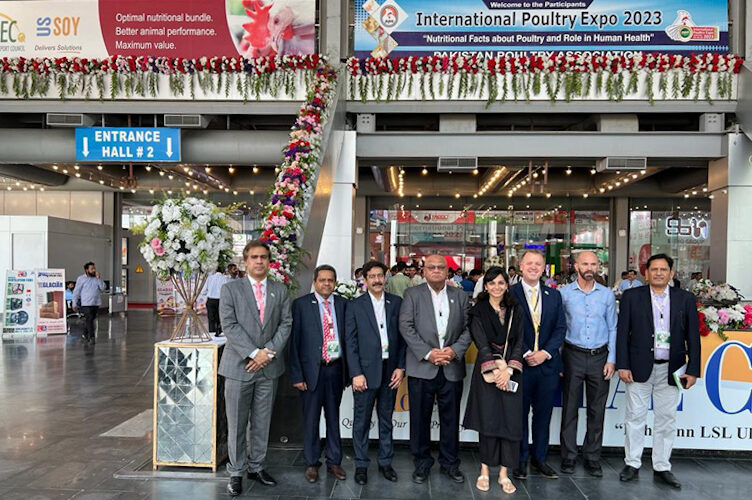
USSEC Support Sustainably Nourishes Animals, Businesses, Industries
Soybean meal and other feed ingredients from U.S. Soy deliver consistency and quality to nourish countless chickens, fish, pigs and many others.
The additional knowledge and expertise that USSEC offers to U.S. Soy animal nutrition and aquaculture customers around the world also feeds business health and success.
“For example, ongoing USSEC efforts to quantify the quality and value of digestible amino acids supports the formulation of feed that enhances performance, health and welfare,” says Tom D’Alfonso, Ph.D., director of animal and aquaculture for USSEC. “Our work to quantify the carbon footprint of U.S. Soy, which is the lowest compared to soy of other origins, reinforces a business’s commitment to their customers and the future of the planet.”
Such USSEC work helps a wide variety of businesses and industries advance, providing more high-quality protein around the world.
“The technical support, ongoing education and logistical support we offer differentiates and elevates the value of U.S. Soy — often in unexpected places,” he adds.
D’Alfonso shares diverse of examples of how USSEC allows U.S. Soy to nourish much more than those consuming it.
Sustainable Pet Food in El Salvador
In El Salvador, USSEC helped Grupo MOR, an animal feed company, incorporate the Sustainable U.S. Soy logo into their product lineup.
“This marked a significant achievement for the company and underscored its commitment to sustainability,” D’Alfonso explains. “This approach even grants access to key industry events.”
Grupo MOR’s commitment to use the Sustainable U.S. Soy logo led to the opportunity for the company to participate in a pet food fair. The event provided a platform to showcase pet food products that prominently featured the newly added logo.
The company also highlighted the Sustainable U.S. Soy logo and commitment on their social channels.
“Grupo Mor is capturing the value of sustainably sourced soy,” he says. “At the same time, it strengthens their preference to continue using products from U.S. soy in their pet and other animal feed products.”
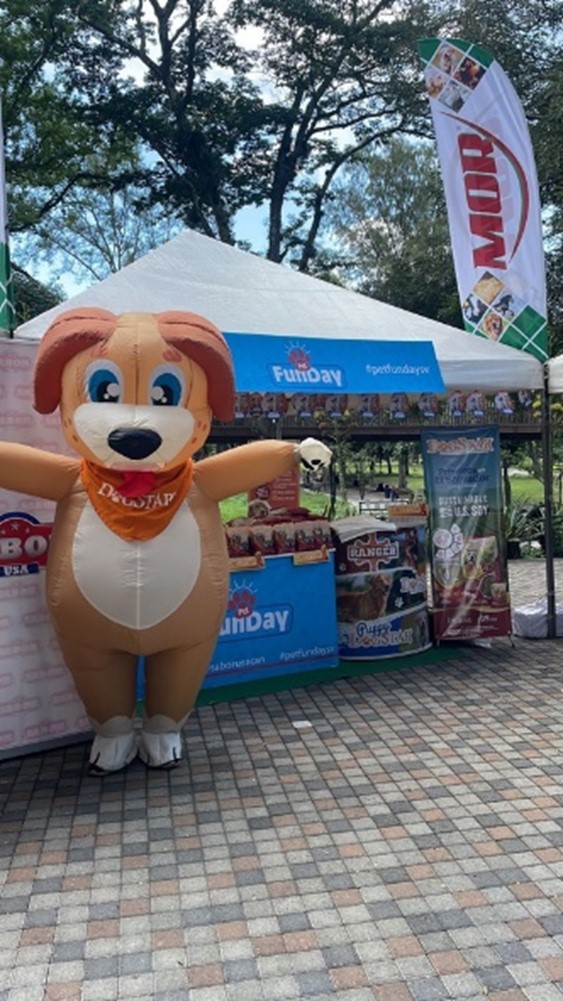
Shrimp Industry Innovations in China
According to D’Alfonso, USSEC began promoting bio-flock shrimp culture technology in China as early as 2015. The technology uses probiotics to enhance shrimp health and provides supplemental natural foods, while minimizing discharge waste in inland systems.
“With USSEC training, technical support and help achieving Global Seafood Alliance Best Aquaculture Practices certification, a new company, Chongqing Yiwei, became the first inland shrimp culture base in southwest China,” he explains.
This environmentally friendly approach drew attention from a key online food retail platform and other sectors of the Chinese government. The shrimp from this system demonstrate good health, uniform size and firm meat. The product has become very popular with consumers in the region, who are willing to pay higher prices for it.
“Their system currently produces 150 kg per day of BAP-certified shrimp fed with about 25% U.S. Soy products,” D’Alfonso says. “However, their goal is to market 2,500 kg of quality shrimp per day within two years. USSEC has been instrumental in nourishing Chongqing Yiwei, and by extension, China’s shrimp production industry.”
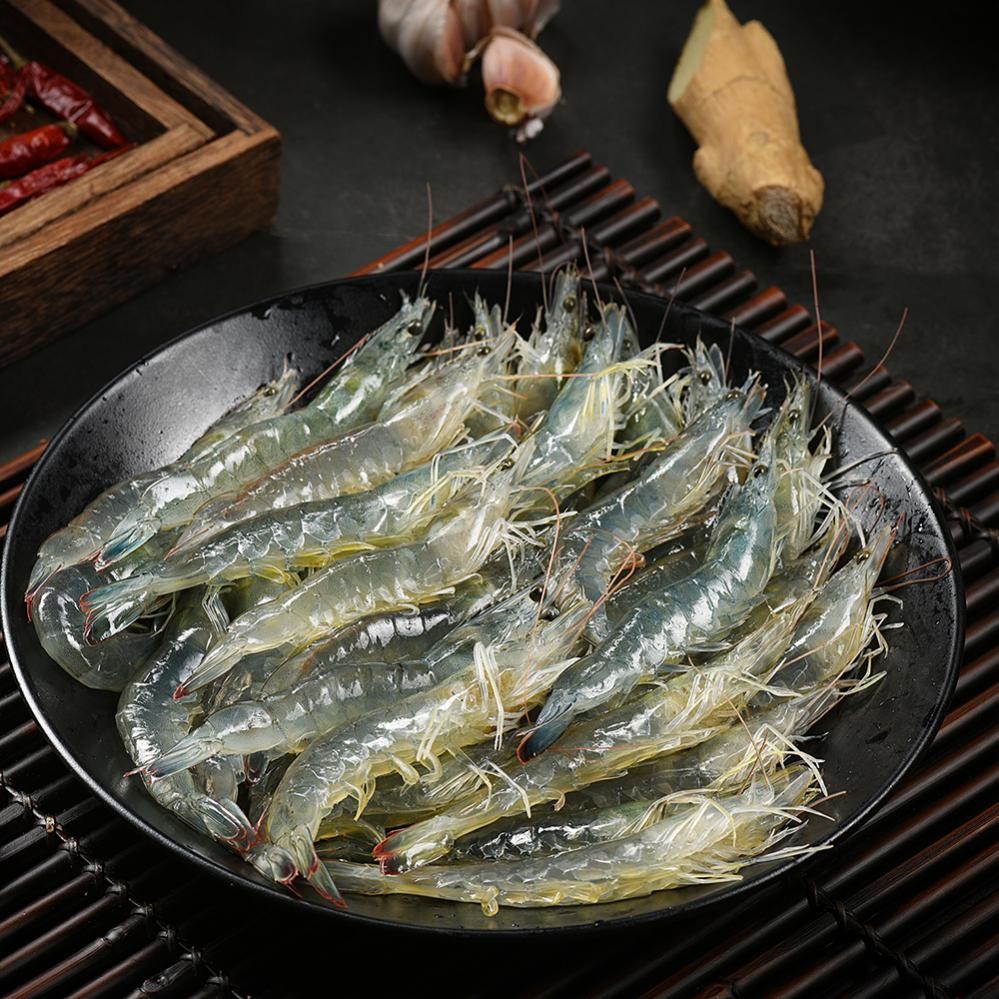
Growing Aquaculture in Morocco
As Morocco seeks to increase food supplies and improve economic development, its roughly 3,500 kilometers, or nearly 2,200 miles, of coastline offer a valuable resource. Along that coastline, designated sites offer potential for the emerging marine aquaculture industry.
“The developing aquaculture sector is looking for sustainable resources and sound management practices to build on as it grows,” D’Alfonso says. “The long-term goal is to provide fish protein to the Moroccan population and generate export revenue.”
He says that USSEC has proven a valuable partner, collaborating closely with feed and production stakeholders to support Moroccan aquaculture.
The first of two local aquafeed mills and a new hatchery started operations during 2023, with USSEC support. These initiatives aim to increase the availability of fish feed and breeding stock, areas previously reliant on imports, while reducing costs.
USSEC also assisted a specialized state agency with implementing the first In-Pond Raceway System in Morocco. The pilot demonstration of the IPRS system helps reduce water use, improve water quality and enhance production capacity.
Another USSEC effort provides training and certification of trainers to professionals in the field. The MENA Soy Excellence held the training program and designed a curriculum specifically tailored to the needs of the Moroccan aquaculture industry.
“The training increased knowledge and proficiency in fish production and feeding, encouraged adoption of advanced technologies in feed production and promoted use of U.S. Soy in fish feed,” D’Alfonso explains. “Everything USSEC does supports participating businesses, but we truly are nourishing the entire aquaculture industry in Morocco.”
Backing Pakistan’s Poultry Value Chain
Poultry has historically been the most affordable animal protein in Pakistan.
“In October 2022, the Pakistani government paused the import of genetically modified U.S. soybeans, a key poultry feed ingredient,” D’Alfonso recounts. “As a result, the country’s poultry industry has shrunk by 40% and continues to struggle. The shortage of raw ingredients for feed, particularly soybeans, has led to a drastic increase in the cost of poultry and eggs.”
He explains that the lack of soybean meal combined with a very high food inflation has resulted in a severe food and nutrition crisis in the country.
To support Pakistan’s poultry industry, USSEC collaborated with the World Poultry Association and the Department of Livestock Production and Management to sponsor a nutrition and feed colloquium and training workshop on feed formulation on commercial software in Rawalpindi in August 2023. Then, USSEC sponsored the International Poultry Expo in Lahore in September 2023.
“During both events, USSEC experts highlighted the value and advantages of U.S. Soy,” he says. “They also emphasized the importance of trade for economic growth and comparative advantage, while dispelling misconceptions about genetically modified foods.”
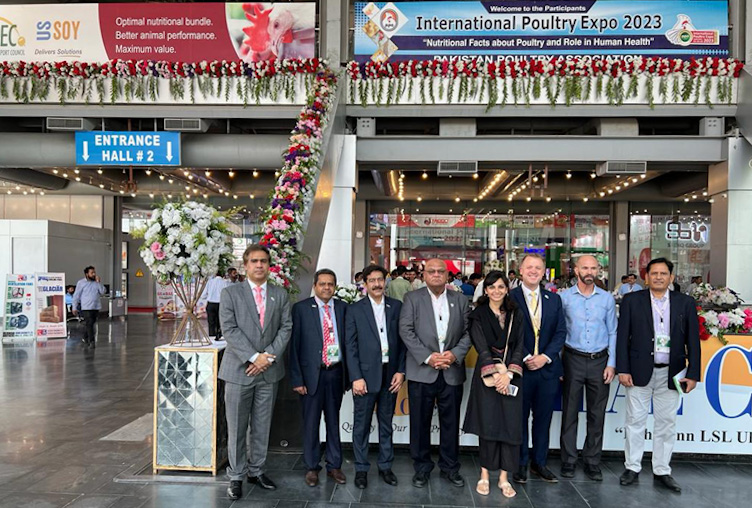
On the other end of the value chain, USSEC celebrated the annual World Egg Day across the region, including in Pakistan, to highlight the pivotal role eggs play in nutrition.
“Eggs provide a powerhouse of protein, vitamins and minerals essential for building a healthy immune system, concentration and overall wellbeing,” D’Alfonso explains. “We aimed to create awareness not just about protein, but also the right sources of protein.”
He believes working across the poultry value chain in Pakistan, from sourcing feed ingredients to encouraging protein consumption, will help the country take strides towards becoming food secure.
“We want to nourish this vital industry to allow poultry producers to help address nutrition security goals,” he says.
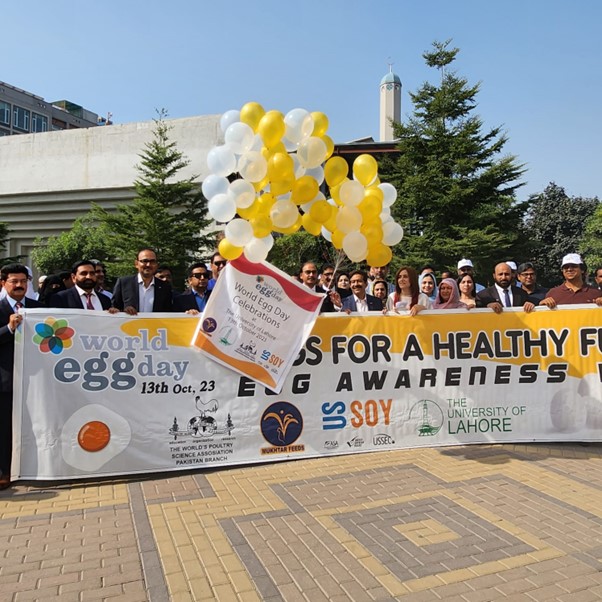
This story was partially funded by U.S. Soy farmers, their checkoff and the soy value chain.
# # #